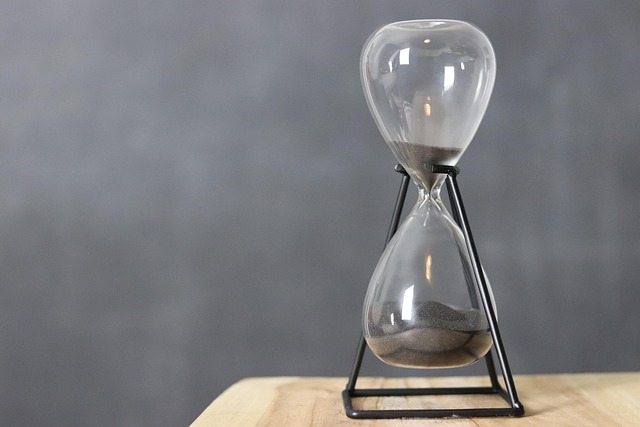Litigators know that much of their courthouse time isn’t spent on actual legal work, but rather on waiting for their case to be called. The time in front of a judge or court officer is usually brief compared to the hours wasted sitting in court. This is frustrating for attorneys, who could be working on other matters, and costly for clients, who end up paying for unproductive time. Still, courts can manage their calendars in ways that significantly reduce wasted time.
Before COVID-19, it was common practice for courts to schedule dozens of matters at the same time—say, at 9:30 a.m.—forcing lawyers to wait until their case was reached. While this helped courts deal with late arrivals and move forward with cases where all parties were present, it also left many attorneys sitting idle for hours.
The pandemic changed this dynamic. With hearings held over Zoom, courts began assigning cases at specific times, often in 30- or 60-minute increments. This system worked far better: attorneys logged in when scheduled, delays were rare, and no one had to spend hours waiting. Even in the rare instance where multiple matters were stacked together on Zoom, lawyers could continue working while waiting in their offices or homes.
Now that many courts have returned to in-person proceedings, the old inefficiencies are back. Multiple cases are often set for the same time, and lawyers are again stuck waiting in crowded courtrooms for their turn.
Courts could—and should—learn from the pandemic. Scheduling hearings at discrete times would save attorneys and clients alike from needless delays. While it may present administrative challenges, setting specific time blocks for each matter would minimize wasted time, improve efficiency, and modernize the court process.

